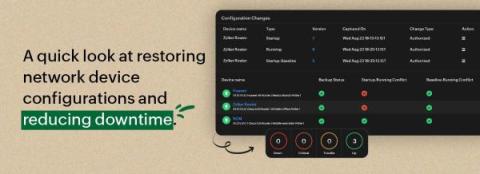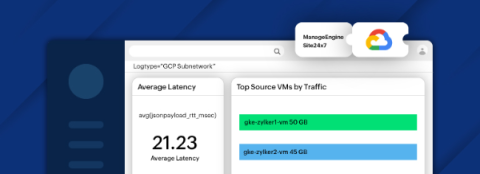Navigate memory management challenges in MongoDB with Site24x7
Effective memory management is crucial for optimal MongoDB performance and helps ensure seamless database operations and user experience. Allocating enough memory lets the database store frequently used data and indexes in RAM and cut down on disk I/O operations. This boosts query response times and system responsiveness. Poor memory management can cause delays in retrieving data from disk, leading to performance degradation.











